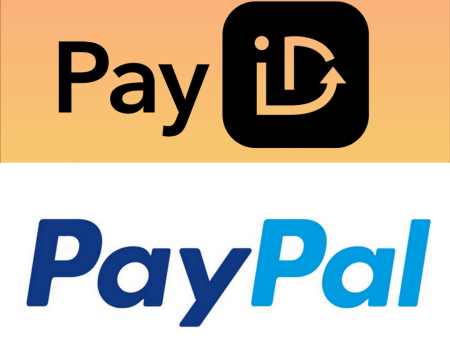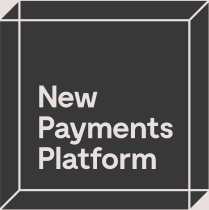PayID a safe and reliable method of making payments in Australia. It has put in place strong security measures such as encryption, multifactor authentication, tokenization, continuous monitoring and compliance with regulatory requirements which ensures that customers’ transactions are protected from unauthorized access. Let’s have a closer look at all of these mysterious words.

Encryption and Data Protection
The payment system uses strong encryption protocols to ensure data confidentiality and integrity as it goes across their network system. Whenever an individual initiates any transaction or logs into his or her PayID account, this information gets encrypted using complex cryptographic algorithms so that even if it were intercepted during transmission. It would be of no use to anyone who does not have decryption keys required for reading such kind of messages, thereby reducing chances of data leakage through hacking.
Multi-Factor Authentication (MFA)
Apart from that, there is also multifactor authentication, which plays a vital role towards enhancing security within PayID. Such kind of security measure requires more than one form of verification before granting access rights to particular sensitive areas within user’s account or when executing high risk operations. Normally these include passwords, SMS codes, or fingerprint scans among others, but basically anything beyond just knowing a username plus password combination will do fine. Even biometrics can sometimes fail if there are physical deformations affecting the scanning process, thus making them less reliable, especially after someone has lost weight due to illness or accident. This results into change shape fingers where fingerprints reside, thus leading to failure of MFA checks though still rare cases but happens occasionally, so better be safe than sorry.
Secure Tokenization
Additionally, the company makes use secure tokenization while processing payments. Instead, sending real credit card numbers or bank account details over networks tokens get utilized instead. Each token acts as unique identifier representing such private information meaning a potential attacker would find hard to figure out original content from a given tokenized value, hence improving overall safety.
Constant Monitoring and Fraud Detection
Furthermore, the payment system operates under constant surveillance coupled with robust fraud detection systems. They have a special team that keeps an eye on things within the platform, looking for anything out of the ordinary. This may suggest the presence of hackers or some other kind of cyber criminals attempting to gain unauthorized entry into the system, either through stealing user logins or exploiting weak points of network infrastructure. This therefore enables quick response towards averting possible threats, thereby preventing much damage being done to customer accounts as well data stored in them.
Compliance with Regulatory Standards
The payment systhem adheres to various financial regulations and security standards set forth by Australian authorities, hence ensuring full legal compliance. By so doing this guarantees adherence to industry leading best practices relating to privacy protection controls implemented within PayID thus safeguarding against any potential breaches arising from failure to meet required data handling requirements.
User Education and Awareness
Finally, user education forms an integral part of overall safety strategy adopted PayID since it acts as an eye-opener to clients regarding common tricks employed by fraudsters when trying to dupe people off their hard-earned cash online. Therefore, they offer tips on how identify fake websites, detect phishing emails among others which can be used commit crimes against individuals hence empowering them take necessary precautions all times.








